How to Choose Solar Charge Controller?
 Apr 30,2024
Apr 30,2024

 XINDUN
XINDUN
Solar controllers are an essential component in solar power systems. Today, Xindun will detail a series of issues regarding solar controllers to help everyone understand the important role of solar controllers in solar power systems.
1.Overview of Solar Power Systems
The basic principle of a solar power system is to convert the photon energy from sunlight into electrical energy. This process typically includes solar panels, inverters, solar controllers, and batteries as the main components.
Solar Panels: Made up of many solar cells, these panels convert sunlight into electrical energy through the photovoltaic effect. This effect occurs when photons hit the surface of the solar panel, exciting electrons and causing them to flow, generating an electric current. Solar panels can be used individually or combined to achieve the desired power output and efficiency.
Solar Controller: The solar controller is used to control and regulate the electrical power output from the solar panels. It regulates voltage and current, protects against overcharging and deep discharge, and provides temperature compensation to extend battery life.
Inverter: The inverter converts the DC electricity produced by the solar panels or stored in the batteries into AC electricity. They can also monitor the operation of the solar power system to ensure it functions properly.
Battery: The battery is the energy storage device in the solar power system, providing backup power when the solar panels cannot generate enough electricity. The energy storage devices can be lead-acid batteries, lithium-ion batteries, or other types of rechargeable batteries.
In summary, the solar power system uses solar panels to convert sunlight into electrical energy, manages the charging and discharging process through the solar controller, stores it in batteries for future needs, converts DC to AC through an inverter, and ultimately supplies electrical energy for home or industrial and commercial equipment use.
After a brief introduction to the solar power system, let us learn more about the solar controller.
2.Functions and Role of the Solar Controller
The solar controller, fully known as the solar charge and discharge controller, is an automatic control device used in solar power systems to manage the charging of batteries by multiple solar cell arrays and the power supply from batteries to the solar inverter load. It sets and controls the charging and discharging conditions of the battery and controls the power output to the load according to the power needs, serving as the core control part of the entire photovoltaic supply system.
The solar controller can optimize the charging efficiency of the solar panels. By monitoring the output voltage and current of the solar panels, the solar controller can adjust the charging method and parameters according to the actual conditions to maximize the use of solar resources. The solar controller not only improves the overall efficiency of the solar power system but also extends the battery's life.
The solar controller protects the battery from damage due to overcharging and deep discharge. Both overcharging and deep discharge can negatively affect the battery's lifespan and performance. The solar controller controls the charging and discharging process in real-time by monitoring the battery's voltage and current to avoid overloading the battery. When the battery voltage reaches a preset value, the solar controller automatically disconnects the battery from the solar panels to prevent overcharging. Similarly, when the battery voltage is too low, the solar controller stops discharging to prevent deep discharge.
3.Types of Solar Controllers
Solar controllers are divided into PWM (Pulse Width Modulation) and MPPT (Maximum Power Point Tracking) types. Understanding their differences can help you choose the right controller type for your specific solar power system.
3.1 PWM Solar Controllers
3.1.1 Working Principle:
PWM solar controllers control the charging process by switching the current between the solar panels and the battery. It delivers energy to the battery in pulses to maintain the appropriate voltage.
3.1.2 Advantages:
Relatively simple and low cost.
Suitable for small-scale solar power systems.
Can prevent overcharging and deep discharge.
Simple design, no complex circuit structures, making it more reliable and easier to maintain.
3.1.3 Disadvantages:
Relatively lower efficiency, especially under varying light conditions.
Lacks maximum power point tracking, potentially leading to reduced system efficiency.
3.2 MPPT Solar Controllers
3.2.1 Working Principle:
MPPT solar controllers continuously adjust the voltage and current between the battery and solar panels to track the maximum power point, with tracking efficiency up to 99%. This means it can optimize energy conversion, ensuring maximum electrical output under various lighting conditions.
3.2.2 Advantages:
High conversion efficiency, especially under varying lighting conditions.
Maximum power point tracking function enhances overall system performance.
Suitable for large solar power systems and applications requiring maximum energy collection.
Some MPPT controllers have data monitoring and communication capabilities.
3.2.3 Disadvantages:
Relatively complex, higher cost.
May exceed the actual needs of some small solar power systems.
3.3 Selection Advice
When choosing a solar controller type, consider the following factors:
System Size: For small solar systems, a PWM controller may be more economical. For large solar systems, an MPPT controller offers performance advantages.
Budget: PWM solar controllers are usually cheaper, suitable for projects with limited budgets. MPPT solar controllers offer more efficient energy conversion but are relatively more expensive.
Environmental Conditions: In areas with unstable or highly variable sunlight conditions, the advantages of MPPT solar controllers are more pronounced.
4.Key Features of Solar Charge Controllers
When selecting a solar charge controller, there are several key features to consider:
Overload Protection:
Impact: Overload protection ensures that the solar charge controller does not get damaged when the current generated by the solar panels exceeds its capacity.
Function: It prevents battery damage due to overloading and protects other system components from harm.
Temperature Compensation:
Impact: Temperature changes affect the performance of solar panels, thereby affecting the charging efficiency of the controller.
Function: With temperature compensation functionality, the solar charge controller can adjust the charging voltage and current to ensure optimal performance of the solar panels under different temperature conditions.
Voltage and Current Regulation:
Impact: The voltage and current generated by solar panels may vary with changes in light intensity and temperature.
Function: The solar charge controller can regulate the charging voltage and current to adapt to the current working status of the solar panels, thereby maximizing charging efficiency and protecting the battery.
Multiple Protection Functions (such as short circuit protection, reverse connection protection, etc.):
Impact: Battery and other system components may be severely damaged in the event of a short circuit or reverse connection.
Function: Multiple protection functions can immediately cut off the circuit in case of abnormal conditions, preventing damage and ensuring the safe operation of the system.
5.Conversion Efficiency of Solar Charge Controllers
Conversion efficiency is one of the most important indicators in the solar power system. Conversion efficiency determines how much sunlight the solar panels can convert into electrical energy, thereby affecting the overall power generation efficiency and economic benefits of the entire solar system. So, how high is the conversion efficiency of PWM solar charge controllers and MPPT solar charge controllers?
5.1 Conversion Efficiency of PWM Solar Charge Controllers
The conversion efficiency of PWM solar charge controllers is usually relatively low, typically ranging from 70% to 90%. PWM solar charge controllers control the charging process by adjusting the pulse width of the voltage and current output from the solar panels. However, they cannot track the maximum power point of the solar panels in real-time, nor can they dynamically adjust the battery charging voltage to adapt to changes in the power output of the solar panels.
Since PWM solar charge controllers use a fixed voltage charging method, fluctuations in solar panel output power or changes in light conditions can lead to a mismatch between the charging voltage and the battery's demand, resulting in energy loss, hence the typically lower conversion efficiency.
5.2 Conversion Efficiency of MPPT Solar Charge Controllers
The conversion efficiency of MPPT solar charge controllers is usually higher, typically reaching or exceeding 99%. MPPT solar charge controllers can track the maximum power point of the solar panels in real-time, i.e., the optimal matching point of the voltage and current output of the solar panels, and dynamically adjust the battery charging voltage to adapt to changes in the power output of the solar panels.
MPPT solar charge controllers optimize the voltage and current during the battery charging process using efficient algorithms and electronic components to maximize the power output of the solar panels. They can automatically adjust the battery charging voltage to ensure that the solar panels charge the battery with maximum efficiency, thereby improving energy utilization.
6.Difference Between Standalone Solar Charge Controllers and Inverter with Solar Charge Controllers
6.1 Today, inverters on the market come with solar controller functionality. So, what are the differences between standalone solar charge controllers and inverter with solar charge controllers?
Standalone solar charge controllers are separate from inverters and need to be connected separately. They are mainly used to control the charging process of solar panels, including monitoring the voltage and current of the solar panels, controlling the charging status of the battery, and protecting the battery from overcharging and over-discharging effects.
In contrast, inverter with solar charge controllers are combined into one integrated device, not only possessing the charging control function of the solar panels but also converting solar energy into AC power and outputting it to the load for use.
6.2 Advantages of standalone solar charge controllers:
Separation from the inverter, considering maintenance in the later stage, standalone solar charge controllers are more convenient to replace, saving costs.
Different specifications and functions can be selected according to actual needs, providing more flexible solutions to meet different application requirements of users.
6.3 Advantages and disadvantages of inverter with solar charge controllers:
Not only reduces the number of components of the solar power system but also saves installation steps and space.
The inverter with solar charge controller usually has fixed specifications and functions, making it less easy to replace or upgrade.
6.4 Selection Advice
If you have a small-scale solar power system, it is recommended to choose an inverter with solar controller. In small-scale solar systems, the structure is simplified, saving space and costs, making it a more economical and practical choice, especially suitable for small-scale solar power systems.
If you have a medium to large-scale solar power system, need better management, and have sufficient space and budget, standalone solar charge controllers are a good choice. As independent equipment, maintenance and replacement are more convenient in the later stage.
7.How to Choose the Right Solar Charge Controller?
When purchasing the solar charge controller, users can consider the following aspects:
Rated Current: Select the rated current size of the solar charge controller according to the rated current of the solar panels and batteries and the demand of the load to ensure that the controller can meet the working requirements of the system.
Functional Requirements: Choose the solar charge controller with appropriate functions according to the requirements of the solar power system, such as whether overload protection, reverse charging protection, light control function, etc., are needed.
Brand and Quality: Choose solar charge controllers from well-known brands and pay attention to product quality assurance and after-sales service to ensure the reliability and stability of the product, such as manufacturers like Xindun Power.
Cost-effectiveness: When choosing the solar charge controller, it is necessary to comprehensively consider the balance between product performance and price, and choose a controller with higher cost-effectiveness, such as MPPT solar charge controllers.
8.Xindun Solar Controller Recommendations
Whether users choose PWM solar controllers or MPPT solar controllers, Xindun offers both types of solar controllers for users to choose from. Here, Xindun recommends several hot-sale solar controller products.
8.1 PWM Solar Controller
Xindun PWM solar controllers range from 10A to 100A, with voltages of 12V/24V/48V/96V/192V/240V/384V.
Utilizing the digital output of a microprocessor to control analog circuits, Xindun PWM solar controllers operate in PWM charging mode, with direct current, offering simple and reliable functionality at an economical price, suitable for users with limited budgets.

Xindun PWM Solar Controllers Feature:
· Simple and reliable: Controlled by PWM charging mode with direct current, easy to maintain, and simple to install.
· Data visualization: LCD display provides intuitive visualization of solar charging, battery, and DC load status, enabling users to monitor system operation.
· Multiple protections: Includes overcharging, over-discharging, overload, and lightning protection functions, enhancing system reliability, safety, and practicality.
· Three-stage charging: Adopts constant current, constant voltage, and float charging three-stage charging mode to effectively solve the problem of incomplete battery charging.
· Voltage auto-recognition: Automatically recognizes 12V/24V system operating voltage.
8.2 MPPT Solar Controller (Wonder1 Series)
Xindun Wonder1 series MPPT solar controllers range from 10A to 100A, with voltages of 12V/24V/48V/96V/192V/240V/384V.
The Xindun Wonder1 is an efficient MPPT solar controller with a tracking efficiency of up to 99%, maximizing solar panel output power by controlling the output voltage and current of the battery panel in maximum power point tracking (MPPT) mode to store or use it in batteries, improving generation efficiency by about 20% compared to traditional PWM algorithms.

Xindun MPPT Solar Controllers (Wonder1) Feature:
· Efficient conversion: Powerful maximum power point tracking technology increases solar generation efficiency to up to 99%, maximizing the utilization of solar resources.
· Data visualization: LCD screen displays photovoltaic generation data intuitively, simulating the generation process for users to understand system operation.
· Ultra-wide photovoltaic input: Unique ultra-wide photovoltaic input voltage range for more flexible system configuration, adapting to different illumination conditions.
· Voltage auto-recognition: Automatically recognizes 12V/24V/48V voltage, providing users with convenient and flexible use.
· Intelligent battery management: Effectively extends battery life and improves system reliability.
· Communication management: Optional RS485 communication interface for unified integration management, enabling convenient system monitoring and control.
8.3 MPPT Solar Controller (Wonder2 Series)
Xindun Wonder2 series MPPT solar controllers range from 10A to 100A, with voltages of 12V/24V/48V.
The Xindun Wonder2 is an efficient MPPT solar controller with a tracking efficiency of up to 99%, capable of real-time detection of solar panel generation voltage and tracking the highest voltage current value (VI) to maximize solar power output for battery charging, coordinating the operation of solar panels, batteries, and loads.

Xindun MPPT Solar Controllers (Wonder2) Feature:
· Efficient conversion: Powerful maximum power point tracking technology increases solar generation efficiency to up to 99%, maximizing the utilization of solar resources.
· Multiple operating modes: Various load operating modes can be set to flexibly adapt to different working conditions, providing more options.
· Ultra-wide photovoltaic input: Ultra-wide photovoltaic input voltage range for more convenient system configuration, adapting to different photovoltaic generation system requirements.
· Customized charging and discharging: Supports multiple battery types such as lead-acid batteries and lithium batteries, allowing users to customize charging and discharging parameters for a more flexible and convenient user experience.
· Lithium battery activation: Equipped with lithium battery activation function to effectively extend the life of lithium batteries and improve energy storage efficiency.
· Comprehensive electronic protection functions: Multiple protection mechanisms including battery reverse connection, PV reverse connection, overcharge, DC output overcurrent, over-temperature, over/under voltage, ensuring safe and stable system operation.
· Intelligent battery management: Advanced algorithms extend battery life, improving system reliability and stability.
· Data visualization: Equipped with LCD graphic display for intuitive display of photovoltaic generation data, simulating the generation process for users to understand generation conditions.
· Remote monitoring and management: Support for RS485 communication interface (Modbus protocol) and mobile APP, facilitating unified integration management and enabling remote monitoring and operation control for users, providing a more convenient management and control method.
9.Installation and Use of Solar Controllers
Proper installation and use of solar controllers can enhance the efficiency and reliability of solar power systems while extending the battery's lifespan.
9.1 Installation of Solar Controllers
· Choose Installation Location: Select a location close to the battery and solar panels to minimize wire losses and voltage drops. Ensure the installation location has good ventilation to avoid the solar controller being affected by high-temperature environments.
· Secure the Solar Controller: Use screws or other fastening methods to install the solar controller in the chosen location. Ensure the controller is firmly secured to prevent external vibrations and shocks.
· Connect Wires: According to the solar controller's wiring diagram, correctly connect the battery, solar panels, and DC load (such as lights, inverters, etc.) to the corresponding interfaces of the controller. Pay attention to the correctness and stability of the connections to avoid poor contacts or short circuits.
· Grounding: To ensure safety, connect the metal housing of the solar controller to the ground wire. This effectively prevents damage to the solar controller from static electricity and lightning.
9.2 Use of Solar Controllers
Set Charging Mode: Adjust the solar controller's charging mode according to the battery type and rated voltage. Common charging modes include constant voltage charging, float charging, etc. Choose the appropriate mode based on the actual situation.
Monitor Battery Status: Solar controllers are usually equipped with LCD screens, which can display real-time information such as battery voltage, current, and charging status. Regularly check the battery status to ensure normal operation and timely understand battery capacity and remaining power.
Set Protection Parameters: Solar controllers provide various protection functions such as overcharging protection, over-discharge protection, overload protection, etc. Set appropriate protection parameters according to actual needs to ensure the safe operation of the system.
Monitor and Maintain: Solar controllers usually have monitoring functions to monitor the output voltage, current, and temperature of solar panels in real-time. Users can understand the system's operating status through the monitoring interface or indicator lights and promptly identify any abnormalities. Regularly inspect and clean solar panels and controllers are also important steps to maintain normal system operation.
Troubleshooting and Repair: If the solar power system encounters faults or abnormal situations during use, timely troubleshooting and repair are needed. Solar controllers may provide some fault diagnosis functions to help users locate and solve problems. In case of severe faults that cannot be repaired, replacing or repairing the solar controller may be necessary.
Follow the Instruction Manual: Please carefully read the instruction manual of the solar controller and strictly follow the instructions for operation and use. This can extend the service life of the controller and ensure the stable operation of the solar power system.
10. How to Optimize the Performance of Solar Controllers?
Since solar controllers are integral components of solar power systems, users can optimize them not only by making settings during use but also through overall optimization. The following suggestions can help you:
Choose the appropriate solar controller type: Select the appropriate type of solar controller based on factors such as the scale of the solar power system, battery type, and load requirements. Different types of solar controllers (such as PWM controllers and MPPT controllers) have different performance and functional characteristics, so choose according to specific circumstances.
Optimize charging parameter settings: Adjust the charging parameters of the charge controller according to the characteristics of the solar panels and environmental conditions, such as threshold values for charging voltage and current, temperature compensation parameters, etc., to maximize charging efficiency and battery life.
Regular monitoring and maintenance: Regularly monitor the operating status of the solar power system, including parameters such as the output voltage, current, and temperature of the solar panels, to promptly identify and solve any anomalies. Regularly clean the solar panels and controllers to maintain efficient system operation.
Plan the system capacity reasonably: Plan the capacity of the solar power system according to the electricity consumption needs of homes or businesses. Ensure that the system capacity is sufficient to meet the load requirements while avoiding energy waste caused by excessive capacity.
Increase energy storage capacity: Increase battery storage capacity according to actual load requirements and sunlight conditions to provide sufficient power supply during the night or inclement weather, thereby improving system stability and reliability.
Use high-efficiency inverters: Choose high-efficiency inverters to reduce energy loss when converting direct current (DC) energy into alternating current (AC) energy, thereby improving the overall energy conversion efficiency of the system.
Use intelligent control and monitoring systems: Adopt intelligent control and monitoring systems to monitor the operating status of the solar power system in real-time and optimize control based on real-time data to improve system response speed and stability.
11.Common Issues with Solar Controllers
To help users better understand and use solar controllers, Xindun has listed some common issues with solar controllers:
Q: Why does the solar controller display a charging status but not charge?
A: Possible reasons include: the solar panel is not connected or connected incorrectly, the battery voltage is too low, or the controller is faulty. Users should check the battery and battery connection cables to ensure correct connection and verify if the controller is working properly.
Q: What does the maximum charging current of the solar controller mean?
A: The maximum charging current of the solar controller refers to the maximum output current that the controller can accept from the solar panels, such as a maximum current of 100A. The controller can adjust the battery charging rate according to demand but should not exceed the maximum charging current, as it may cause controller overload. Although solar controllers have overload protection, it is essential to use them safely and follow specifications.
Q: How to set the charge-discharge mode of the solar controller?
A: Solar controllers typically have different charge-discharge modes, such as timing mode, light control mode, and voltage control mode. Users can set different modes according to actual needs. Using the controller's settings button or display screen, users can select the charge-discharge mode and then adjust specific parameters accordingly.
Q: The solar controller displays an error code, how to resolve it?
A: Solar controllers usually display error codes to indicate faults. Users should refer to the controller's user manual to find the meanings and solutions to relevant error codes. Common error codes include overvoltage, overload, overtemperature, short circuit, etc. Users can troubleshoot and repair problems according to the instructions provided in the manual.
Q: How to maintain the solar controller?
A: Solar controllers generally do not require much maintenance. Regular inspections and maintenance can ensure their normal operation. Users should periodically check for loose connections, clean dust and dirt from the controller's surface, and ensure good ventilation to prevent overheating.
12.Xindun Solar Controller Application Cases
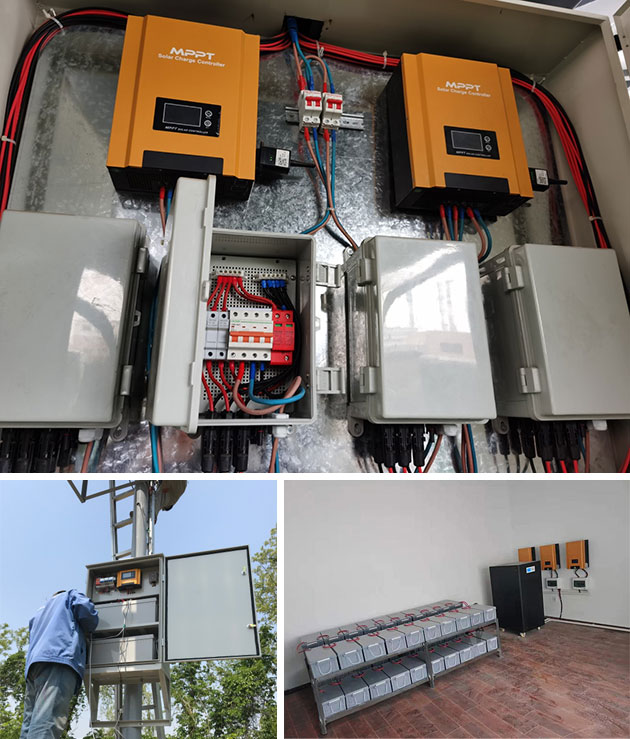
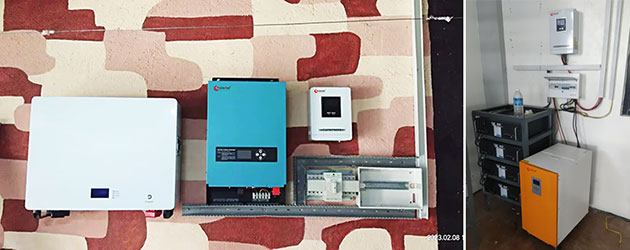

13. Choosing a Reliable Solar Controller Manufacturer
Founded in 2006, Guangdong Xindun Power Technology Co., Ltd. is a manufacturer dedicated to the research, development, production, and sales of inverters, solar controllers, and solar power systems, committed to providing stable, reliable, and high-quality solar power products to global users.
As a professional inverter controller manufacturer, Xindun Power's technological research and production capabilities have been well received by global customers. Xindun can provide a large number of solar controllers and solar inverters for wholesale, with various types of inverters and solar controllers to meet diverse customer needs, including retail, trade, agency, and engineering.
Xindun not only offers ready-made inverter, solar controller, and solar power system supplies but also provides customization services. We can OEM including appearance design, logo design, special parameters such as voltage and power, packaging design, to meet the product needs of different customers worldwide.
Headquartered in Foshan, Guangdong, China, Xindun has established branches and marketing centers with warehouses in Nigeria, Kenya, Zimbabwe, Senegal, Pakistan, the Philippines, and Indonesia. Products are exported to more than 100 countries and regions, meeting the needs of global consumers for various power products.
We are looking for resellers worldwide, if you are looking for a reliable, good service and affordable manufacturer & supplier, Xindun Power is your best choice !

 Solar Inverter
Solar Inverter





 Hybrid Inverter
Hybrid Inverter
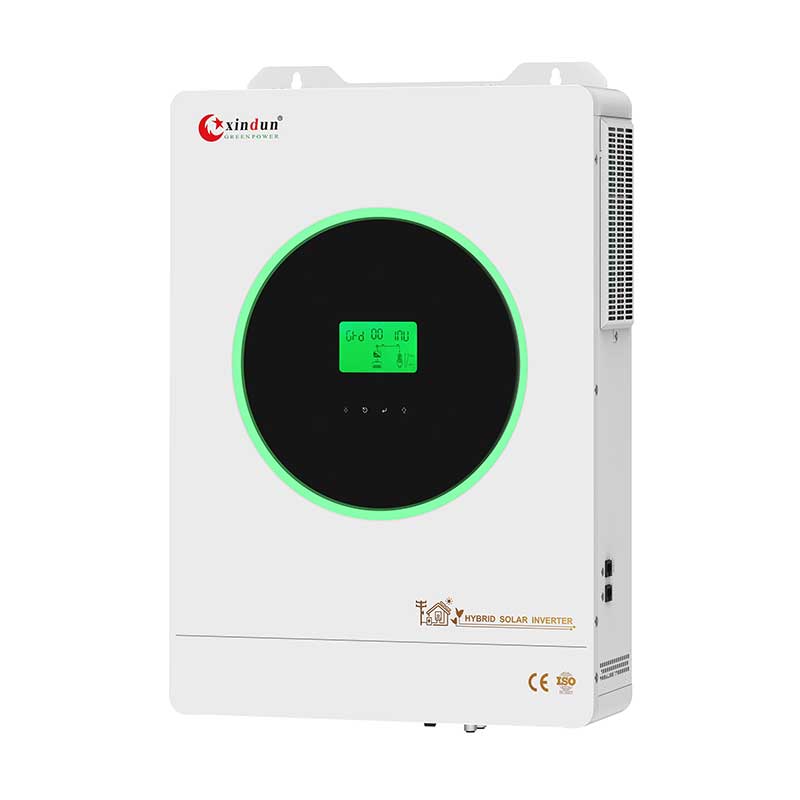
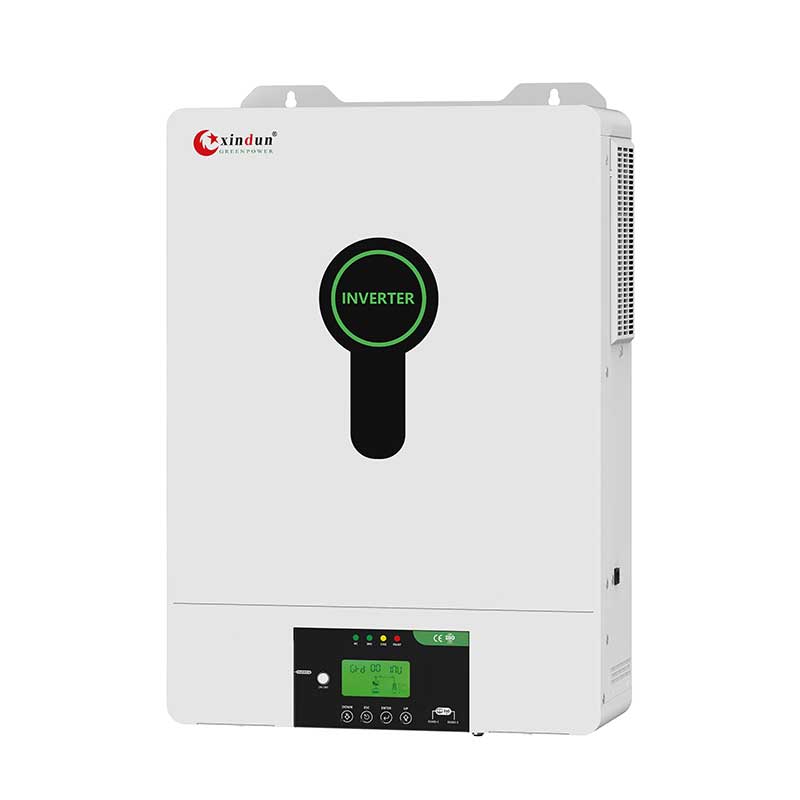


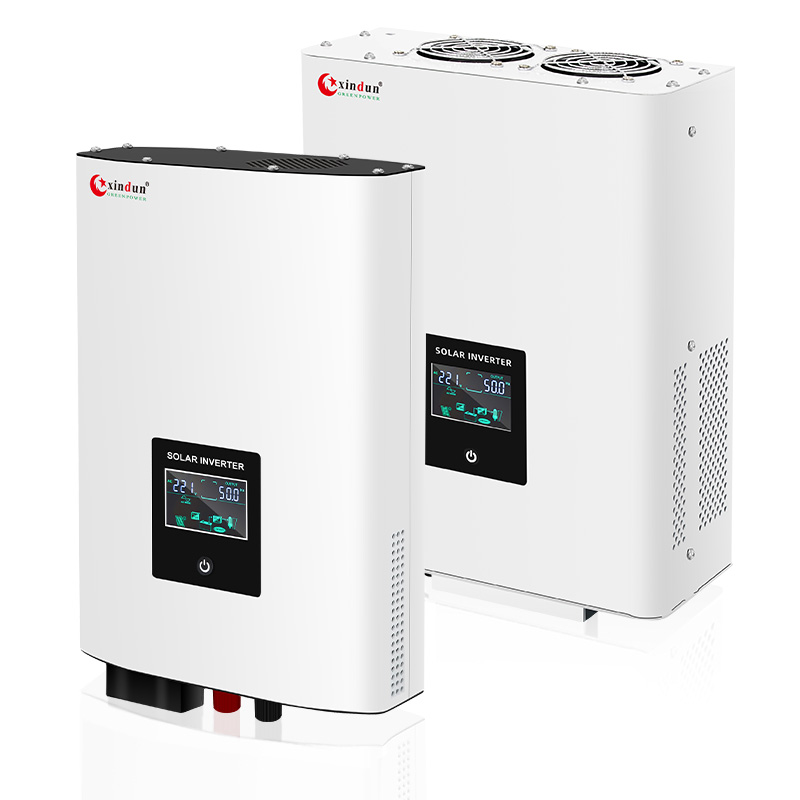
 Power Inverter
Power Inverter
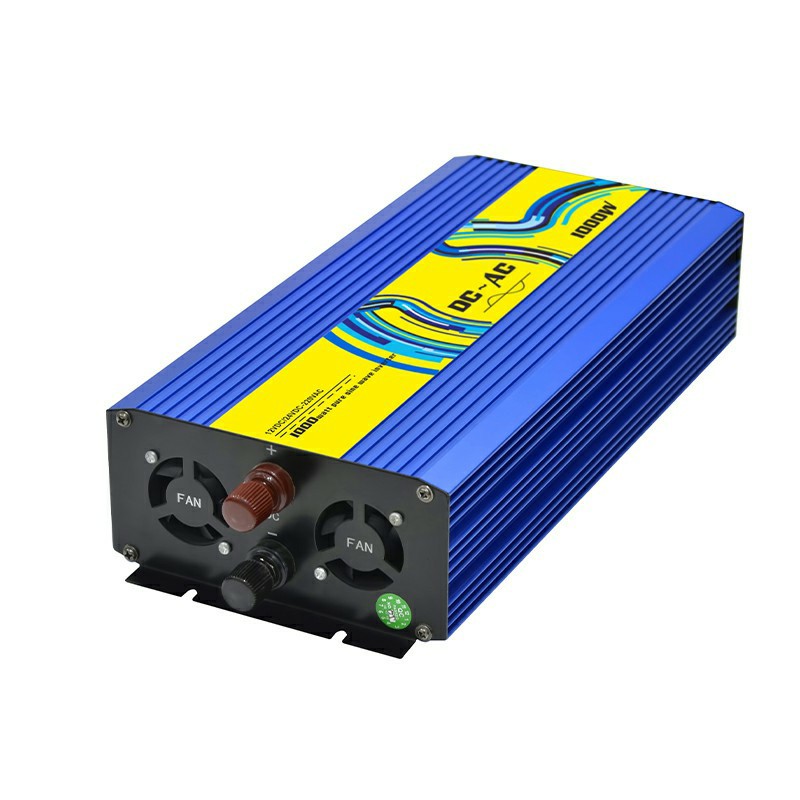


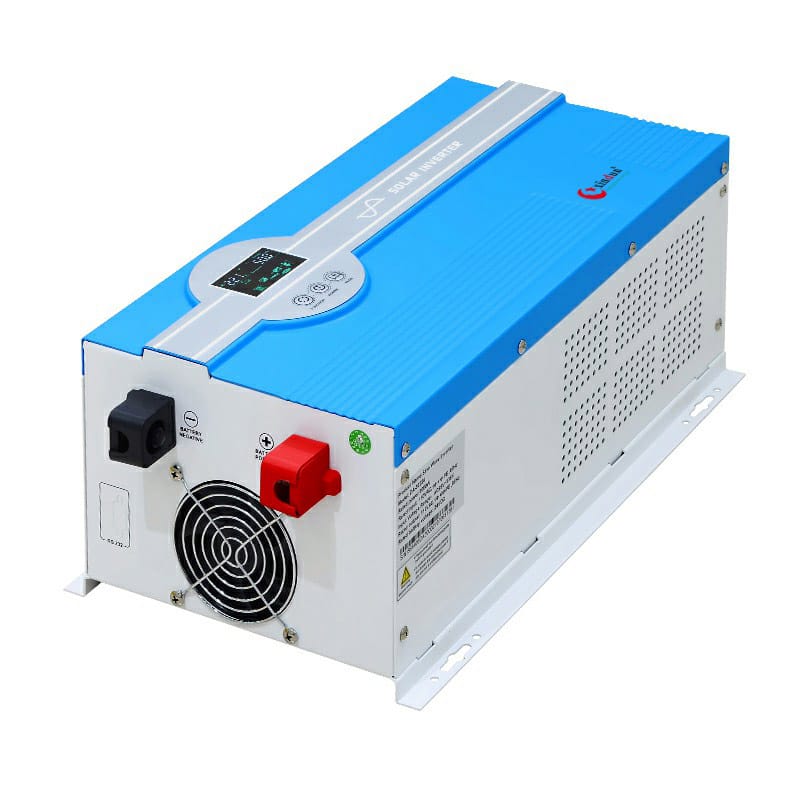
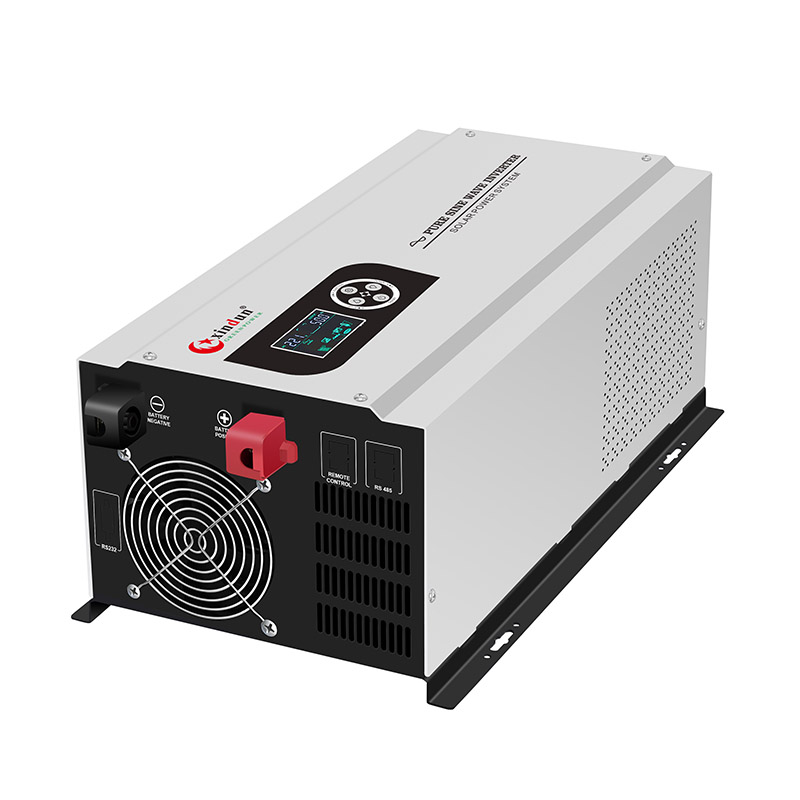
 Split Phase Inverter
Split Phase Inverter

 Energy Storage Inverter
Energy Storage Inverter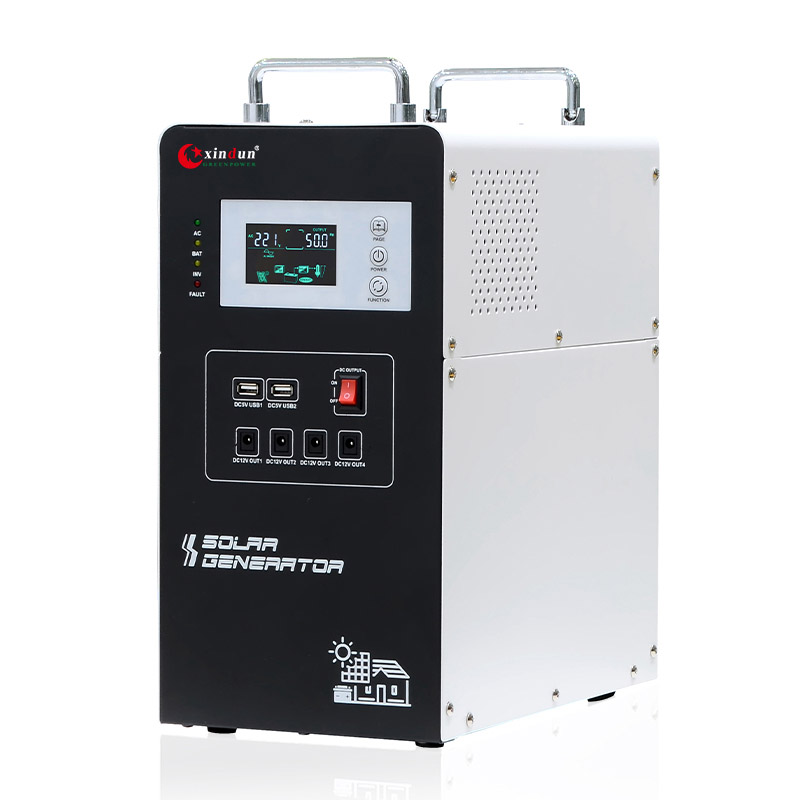




 3 Phase Inverter
3 Phase Inverter
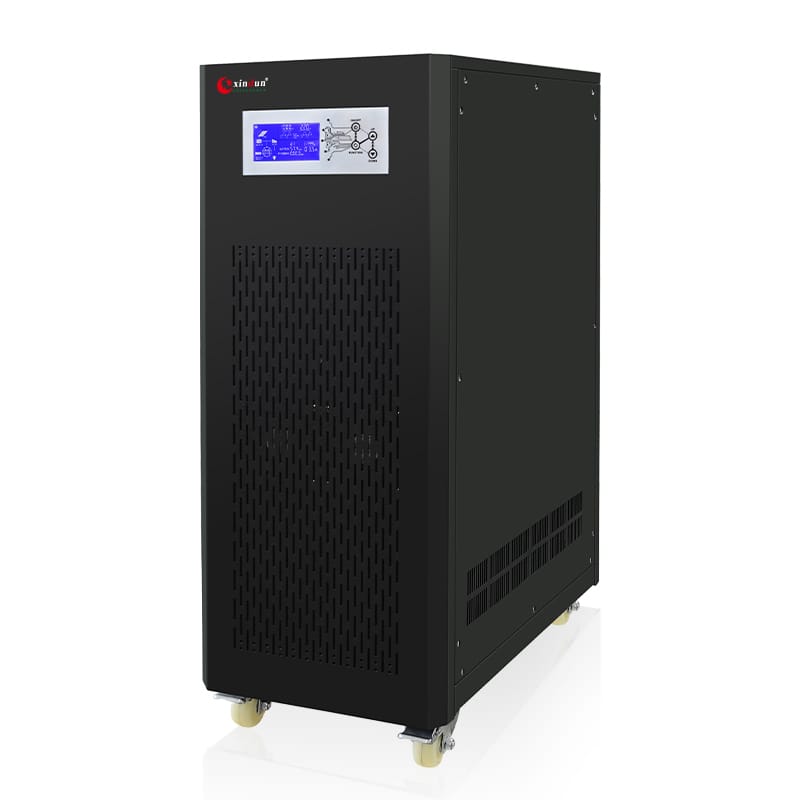



 Solar System Kits
Solar System Kits





 Solar Charge Controller
Solar Charge Controller
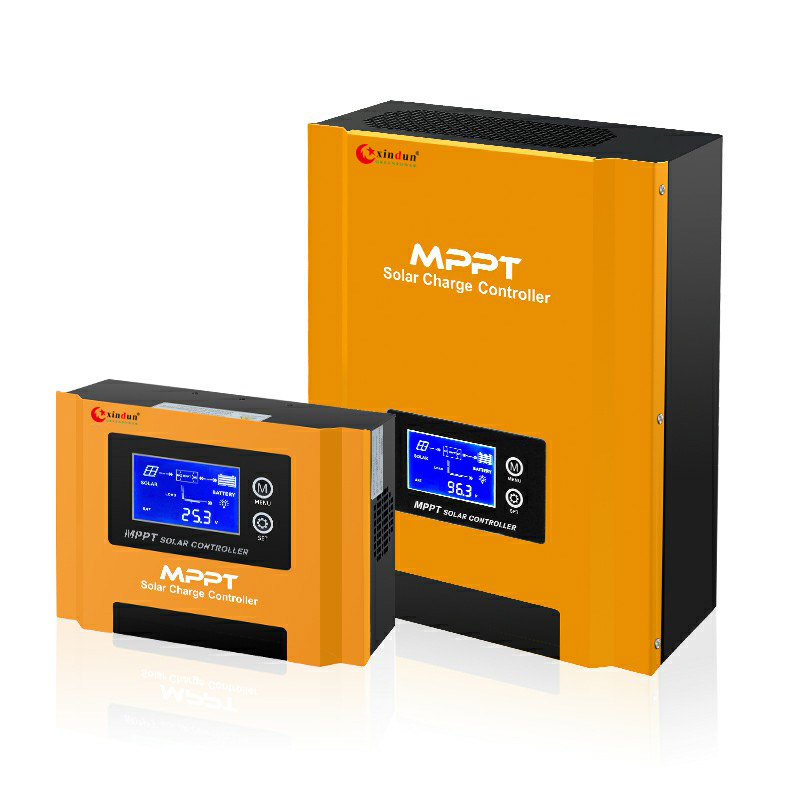

 Solar Battery
Solar Battery



 Asia
Asia
 Africa
Africa



 South America
South America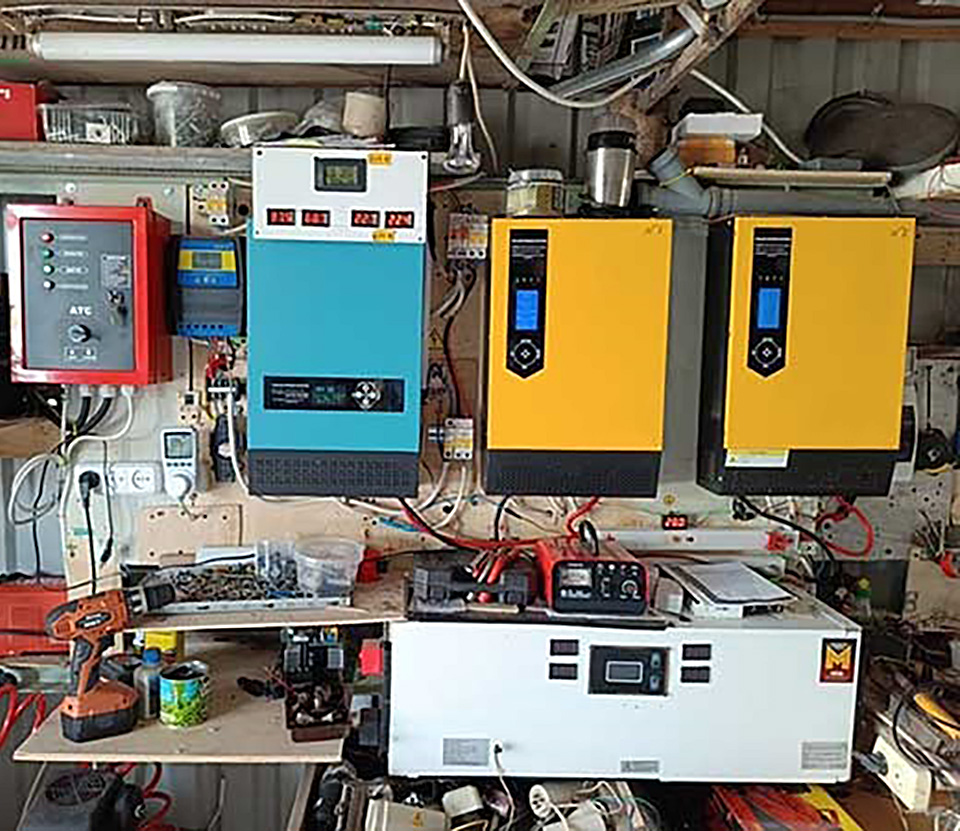
 Europe
Europe

 North America
North America

 Oceania & Antarctica
Oceania & Antarctica










 Home
Home The Complete Rundown of Solar Power Inverter Brands
The Complete Rundown of Solar Power Inverter Brands  Top Selling Products
Top Selling Products














